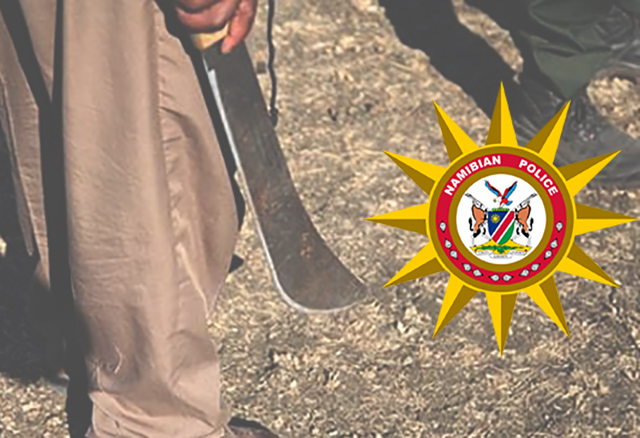THE Khwedam language is in need of protection and preservation, says Bothas Marinda.The San language activist presented a speech about the language’s situation at an international symposium on the world’s indigenous languages which was held in Japan earlier this month.
“The Khwe’s most basic human rights are being affected, simply because Khwedam is not accepted, either officially or unofficially. Some San languages such as |’Auo, |Xam and ||Xegwi are now extinct,” Marinda said.”Khwedam is not written down.It is not recognised.It is not taught in our schools.It is not respected.None of the teachers in West Caprivi are San and none speak Khwedam.”According to Marinda, Khwe children speak Khwedam at home, but when they attend school, they are taught in either Hambukushu, Rukwangali and Shambiyo or Silozi.Sometimes English or Afrikaans are used.However, Namibia was the first country in southern Africa to formally introduce a San language into its schools.”As young Khwe people, we witness aggressive behaviour on the part of other ethnic groups in relation to our insistence to speaking our own language in our own country.”We are frequently told that, in their opinion, we are living on the land of the other groups and that as such, we should only speak in their language,” Marinda said.According to him, some important work is being carried out in partnership with San organisations to promote the use of Khwedam.The ‘Penduka II Declaration’, adopted at a conference held in March 2005, applauds the Namibian Government for its multilingual policy.But it also requests the Government to recognise Khwedam as a Namibian language, equal in rights with all other languages.The Khwe, in partnership with the Working Group on Indigenous Minorities in Southern Africa (Wimsa), organised a workshop for community members and this resulted in the production of the first Khwedam adult literacy primer.Khwedam speakers who have obtained Grade 10 or above are being trained to teach adults using the primer, which is now used widely within Khwe communities.The Khwe community in West Caprivi are also involved in a literacy programme in partnership with the University of Cologne in Germany and the Namibian Government’s Directorate of Adult Basic Education.This programme has developed specialised literacy materials available for Grade One learners along with Khwedam dictionaries.Between 8 000 and 10 000 Khwe people live in Angola, Botswana, Namibia, South Africa and Zambia.Some San languages such as |’Auo, |Xam and ||Xegwi are now extinct,” Marinda said.”Khwedam is not written down.It is not recognised.It is not taught in our schools.It is not respected.None of the teachers in West Caprivi are San and none speak Khwedam.”According to Marinda, Khwe children speak Khwedam at home, but when they attend school, they are taught in either Hambukushu, Rukwangali and Shambiyo or Silozi.Sometimes English or Afrikaans are used.However, Namibia was the first country in southern Africa to formally introduce a San language into its schools.”As young Khwe people, we witness aggressive behaviour on the part of other ethnic groups in relation to our insistence to speaking our own language in our own country.”We are frequently told that, in their opinion, we are living on the land of the other groups and that as such, we should only speak in their language,” Marinda said.According to him, some important work is being carried out in partnership with San organisations to promote the use of Khwedam.The ‘Penduka II Declaration’, adopted at a conference held in March 2005, applauds the Namibian Government for its multilingual policy.But it also requests the Government to recognise Khwedam as a Namibian language, equal in rights with all other languages.The Khwe, in partnership with the Working Group on Indigenous Minorities in Southern Africa (Wimsa), organised a workshop for community members and this resulted in the production of the first Khwedam adult literacy primer.Khwedam speakers who have obtained Grade 10 or above are being trained to teach adults using the primer, which is now used widely within Khwe communities. The Khwe community in West Caprivi are also involved in a literacy programme in partnership with the University of Cologne in Germany and the Namibian Government’s Directorate of Adult Basic Education.This programme has developed specialised literacy materials available for Grade One learners along with Khwedam dictionaries.Between 8 000 and 10 000 Khwe people live in Angola, Botswana, Namibia, South Africa and Zambia.
Stay informed with The Namibian – your source for credible journalism. Get in-depth reporting and opinions for
only N$85 a month. Invest in journalism, invest in democracy –
Subscribe Now!








